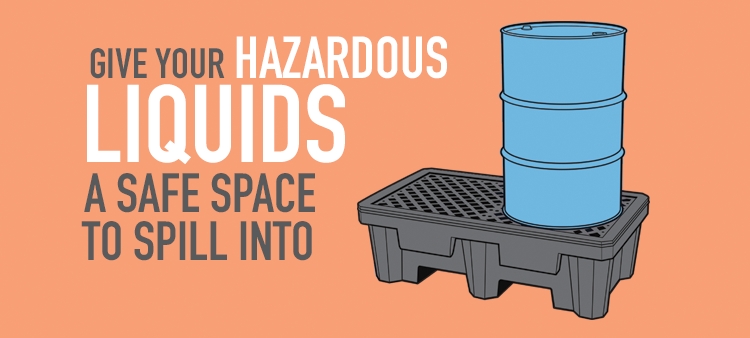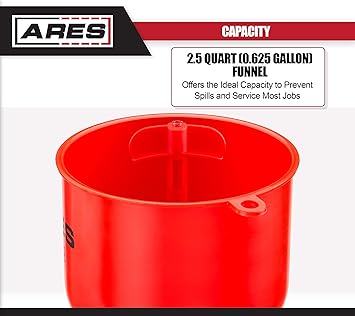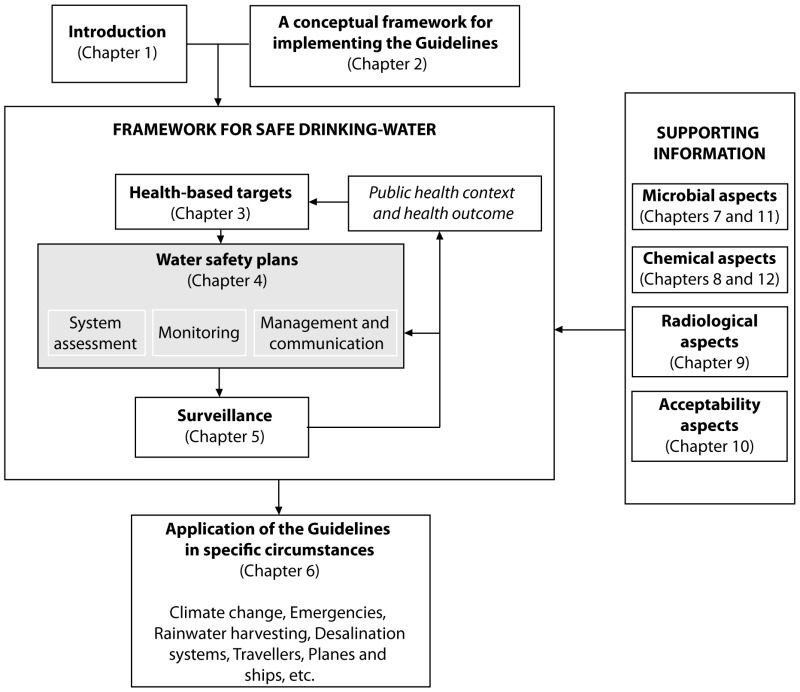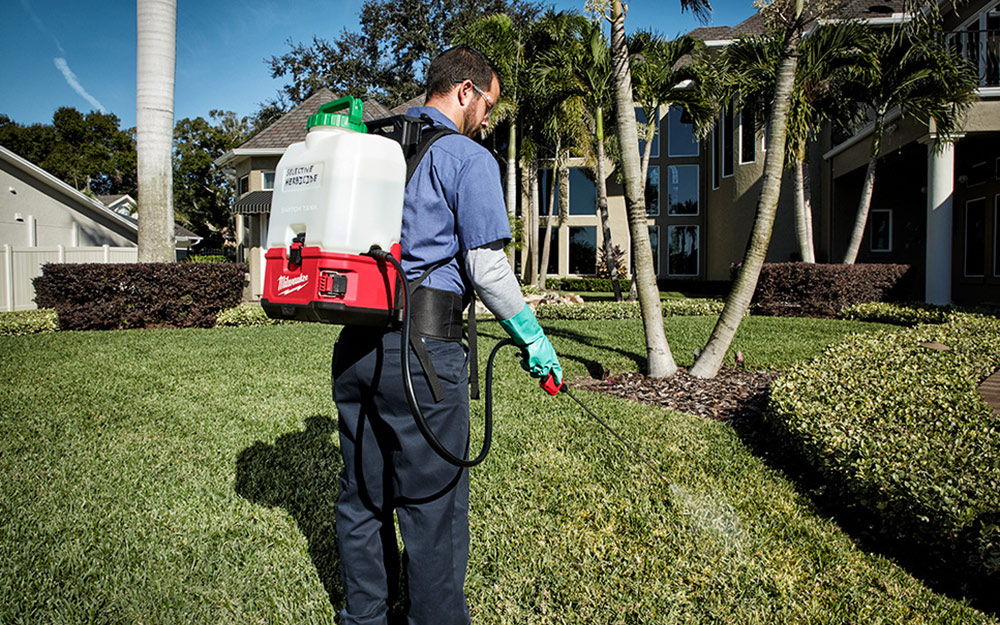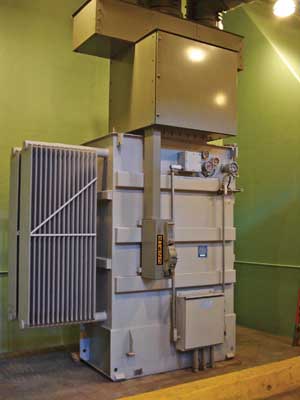Secondary Containment Trays Must Be Large Enough To Capture At Least

The grate prevents that situation from happening.
Secondary containment trays must be large enough to capture at least. This is the big one the most well known of the secondary containment regulations but also the most confusing. Provide excellent chemical compatibility and corrosion resistance. Spill containment trays are designed to. In order to meet spill containment regulations containers must not be allowed to sit in any spilled material.
Nevertheless the plan preparer must include enough detail in the spcc plan to describe the efficacy of the measures used to comply with the general secondary containment requirements in 112 7 c. The secondary containment system must have the capacity to contain at least 10 percent of the volume of the containers or 100 percent of the volume of the largest container whichever is greater. Bucket has a spill capacity of 3 gallons. Why is the containment tray available with or without a grate.
What does this mean. If containers hold no free liquids they do not have to be considered in this calculation 264 175 b 3. The regulations specify that secondary containment must have the capacity to capture the full contents of the largest vessel in the containment area plus a freeboard volume to account for any precipitation during a spill. The 52 52 grating is sized to hold an ibc tank.
How to calculate volume. If the containers are hydraulically linked but have separate secondary containment each separate secondary bund or drip tray must have a capacity of at least 110 of the combined capacity of all. The grating is removable for easy cleaning. 10 of 110 gallons is 11 gallons.
Secondary containment must have sufficient capacity to contain at least 10 of the total volume of the primary containers or 100 of the volume of the largest container whichever is greater. Prevent small leaks and spills from seeping out causing possible slip hazards. Freeboard of approximately 10 percent is usually adequate. Containment utility tray spill trays are made of 100 post industrial recycled polyethylene they are ideal for catching drips and leaks from small equipment vehicle bat.
Chapter 4 secondary containment and impracticability 4 1 introduction. The secondary containment system must have sufficient capacity to contain at least 10 of the total volume of the primary containers or 100 of the volume of the largest container whichever is greater okay take a deep breath. Spills larger than 3 gallons are channeled into the well in the bottom of the pallet. Say you re storing two 55 gallon drums with a total volume of 110 gallons.
